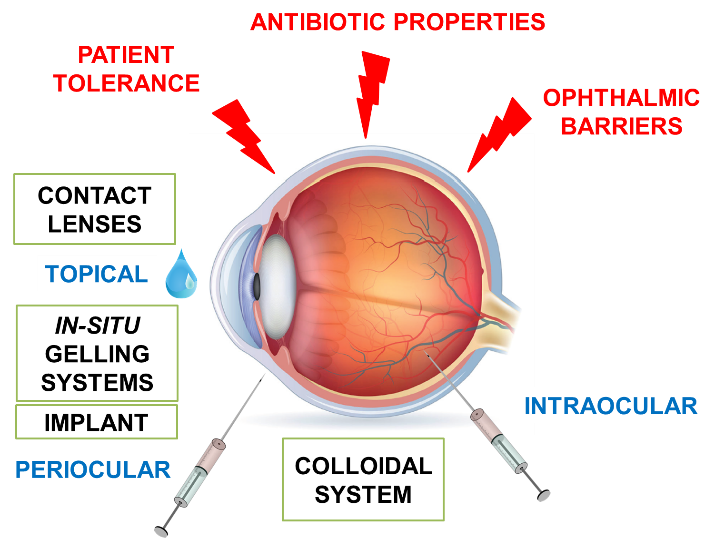PRACTICAL TIPS FOR USE OF VARIOUSO PHTHALMIC MEDICATIONS
Proper administration of ophthalmic drugs is absolutely essential to achieve optimal therapeutic results.
Here I shall describe several common practical points which should be informed to the patients before starting any ophthalmic formulation.
(a) Never instill more than one properly placed drop of ophthalmic solution or suspension into the affected eye.
Normal eye retains 10 mcl of fluid on an average. Generally Eye Dropper delivers 25-50 mcl/drop of fluid.
For proper placement of drop into the eye ask the patient to tilt head backward or lie down in supine position with gaze upward.
Gently grasp lower eyelid below eyelashes and pull the eyelid away from the eye to form a pouch. Put dropper directly over eye.
Avoid contact of dropper with the eye. Keep the dropper tip about one inch away from the eye. Look upward before instilling the drop.
Release the lid slowly and close the eye gently for 2-3 minutes.
(b) Systemic absorption of ophthalmic solution or suspension can be minimized by compressing the canaliculus and lacrimal sac for 3-5 minutes after instillation.
This compressing certainly retards the passage of drops via nasolacrimal duct into the areas of potential absorption, like nasal and pharyngeal mucosa.
(c) When multisolution therapy is indicated ideally instill the drops separately at 5 minutes interval.
This ensures that first solution drop is not flushed away by the second or second is not diluted by first one.
(d) Certain ophthalmic factors may increase absorption from ophthalmic dose forms, like lax eyelids specially in elderly patients and diseased eyes which forms a great pool for retention of topical solution or suspension.
(e) Discourage the use of eye cup in cases of eye lotions due to risk of contamination and spreading disease.
(f) Ophthalmic suspensions generally mix with tears poorly and remain in the lower cul-de-sac longer than solutions.
(g) Ophthalmic ointments are helpful in maintaining contact between ocular tissues and drug by decreasing the rate as slow as 0.5% per minute.
Ophthalmic ointments provide maximum contact between drug and ocular tissues.
(h) Ophthalmic ointments should be instilled preferably at bed time as it may impede delivery of other ophthalmic drugs to the affected eye by acting as a barrier to contact.
(i) Ointments may blur vision during waking hours, so bed time use is generally recommended.
(j) Monitor expiration dates of ophthalmic medications. Do not use outdated drugs.
(k) Ophthalmic solutions and ointments are generally misused. Patient use these medications on their own without counselling ophthalmologists.
Appropriate patient education and counselling with prescribing and dispensing of ophthalmic medicines is essential.
OPTOMETRY-SHARP VISION
Optometrist

